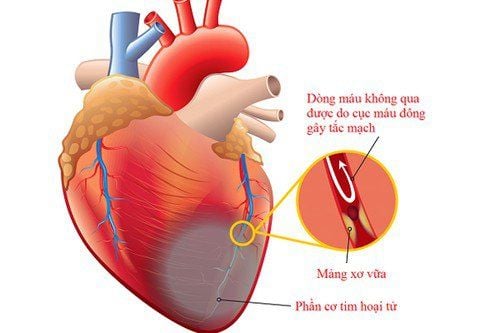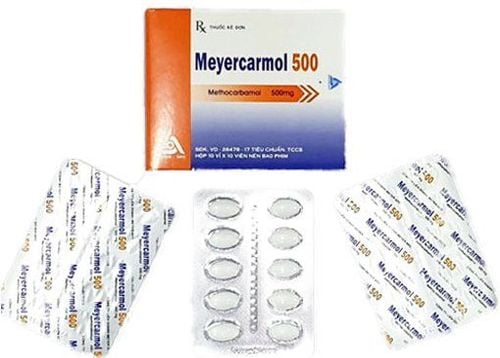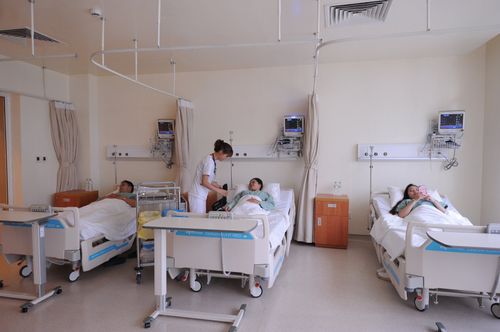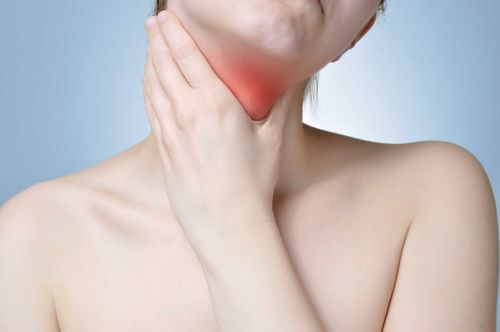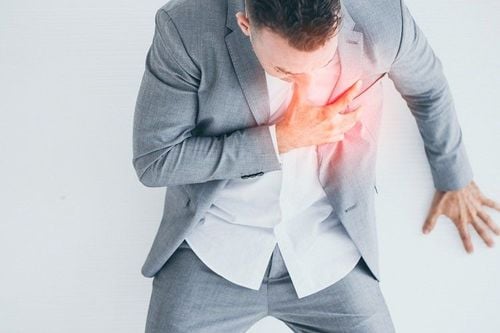This is an automatically translated article.
In bone and joint diseases, rheumatoid arthritis, knee osteoarthritis and gout account for a relatively high rate; especially with tropical countries, with high humidity like ours. The treatment of these diseases is often long, expensive and often encounters serious side effects caused by drugs in the lining of the stomach and duodenum. The following article would like to introduce a restorative treatment method with natural mineral mud in the treatment of musculoskeletal diseases that has been applied for a long time in many countries around the world.
1. History of natural mineral mud bath
Mineral mud is a type of mud available in nature, formed by geological changes. This mud comes from plants (such as buried herbs and plants) or from the soil. Their main components include: organic, inorganic and carbon-containing substances. Mineral mud is jet black, most of them are fragrant, acidic and can absorb water. According to therapists, mud baths have a very good therapeutic effect on chronic joint diseases, diseases related to the peripheral nervous system, dermatology (especially psoriasis), sciatica , neurasthenia , insomnia and stress relief . Mineral mud bath therapy is effective in correcting endocrine disorders. Mud bath helps you get smoother, younger and firmer skin. Soaking in mineral mud combined with bathing in hot mineral water will make the effects mentioned above increase significantly. In particular, with the application of the treatment of rheumatoid arthritis with mineral mud - mineral water in some rehabilitation hospitals, some rehabilitation hospitals have achieved some unexpected results such as: 50% reduction in joint stiffness time. Compared with before treatment, 40% reduced joint pain compared to before treatment, improved function of damaged joints up to 35% compared to before treatment without any side effects.
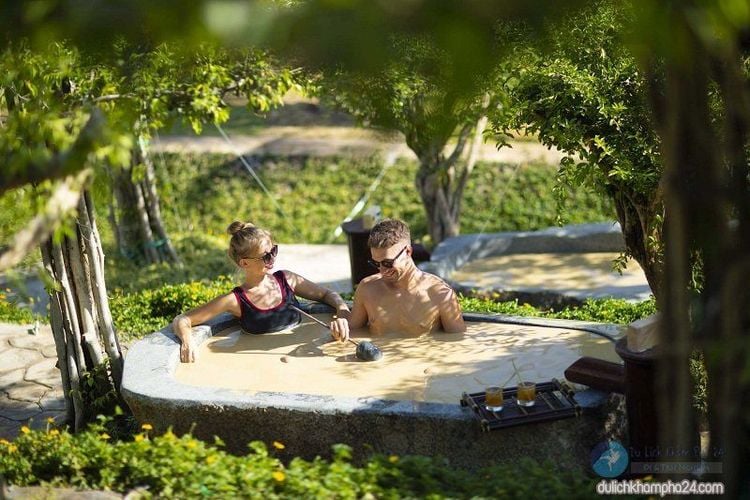
Tắm bùn khoáng thiên nhiên giúp bạn có được làn da mịn màng, tươi trẻ và săn chắc hơn
2. Restorative treatment with natural mineral mud
Mud bath is a type of nourishing bath therapy, which involves the use of water or mineral-rich mud for treatment. With mud, you can soak your entire body, soak a part of your body (like your hands or feet), or wrap the mud around a more difficult part, like your knees. Mud is usually heated to about 100 degrees F.
The research confirming the benefits of mud baths is scant. But according to a review of balance therapy treatments, evidence indicates that these therapies can:
Reduce inflammation Alleviate pain Reduce oxidative stress Delay progression of joint damage Promote the building and repair of organs and tissues All of these factors are thought to play a role in inflammatory and autoimmune diseases.
Mechanism of Mud Therapy
Specific minerals believed to be beneficial are available in mineral mud including:
Sodium: Soaking in a saline solution is said to help reduce inflammation and soothe the skin. Magnesium: One of the components of Epsom salt, magnesium is said to have muscle pain relief. Sulfur: Often suggested as a supplement for osteoarthritis, sulfur is needed for the body to synthesize several important proteins. Types of Mineral Mud
Mud from different regions of the world has unique properties, including different mineral content. The mud used in these treatments typically comes from three sources:
Natural hot springs, where it is often mixed with volcanic ash Ancient lake bed mud (e.g. Moor mud) Seabed mud (e.g. Moor mud) : Dead Sea)
3. Effects of mineral mud therapy on bone and joint diseases
3.1. Osteoarthritis Osteoarthritis is the most common form of arthritis. When it strikes the knee, it is a major cause of reduced mobility and disability. For that reason, it is studied more often than arthritis in most other joints.
In a 2013 review of 20 studies on pain perception, function, and quality of life in people with knee OA, researchers concluded that mud therapy is an effective alternative therapy. fruit. However, they have called for better-designed studies to look at how effective it is.
A 2018 review found mud baths and mud packs for knee arthritis to be effective for:
Pain relief Increase function Improve quality of life Prevent secondary knee arthritis (cases caused by OA) (other reasons) Reduced use of non-steroidal anti-inflammatory drugs (NSAIDs) A study published in 2020 explored why bland therapy could be an effective treatment for inflammatory disease joint. It confirmed previous research that these treatments could reduce levels of inflammatory mediators and suggested that they might stimulate the immune system to balance anti-inflammatory and inflammatory responses. anti-inflammatory in your body.
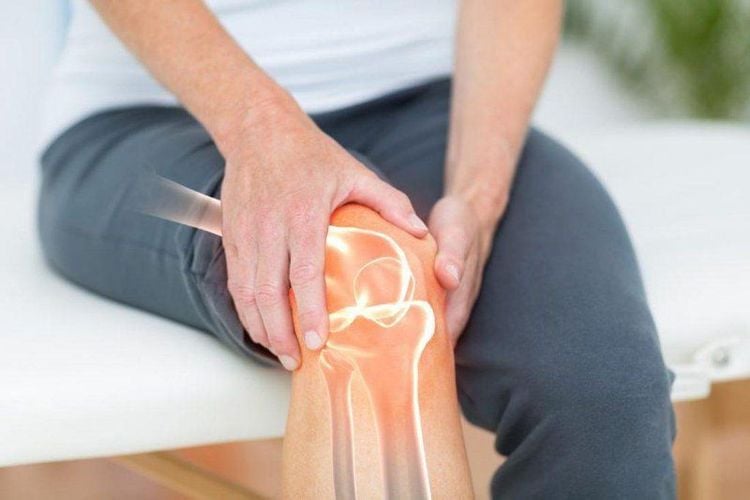
Liệu pháp bùn khoáng thiên nhiên giúp giảm bớt các cơn đau của bệnh viêm xương khớp
3.2. Rheumatoid Arthritis and Other Rheumatic Diseases Rheumatoid arthritis (RA) and many other rheumatic diseases involve pain and inflammation that have a major impact on function and quality of life.
A 2017 review of the scientific literature looked at mud therapy and similar treatments for rheumatic and musculoskeletal conditions. It found that the therapies appeared to be at least partially effective for:
Pain Relief Improve function Improve quality of life This review also further supports that mineral-containing mud is effective longer lasting than non-mineral sludge. However, the researchers say the evidence so far is not strong enough to draw firm conclusions and larger studies are needed.
A 2019 study sheds more light on the effectiveness of mud baths. Participants with RA, ankylosing spondylitis (AS), and other inflammatory, degenerative diseases took a series of nine mud baths over a three-week period while the control group received physical therapy.
The mud bath group had more significant improvements in function, pain intensity and disease activity lasting at least three months after treatment. The physical therapy group had some but less improvement than the mud bath group.
In addition, the researchers found that the mud bath group had significant changes in two biomarkers associated with inflammation:
Levels of the anti-inflammatory cytokine interleukin-1 beta (IL-1ß) decreased.
Levels of the anti-inflammatory cytokine interleukin-10 (IL-10) were increased.
A 2018 review by Italian researchers says bland therapy appears to be more beneficial for types of arthritis known as ankylosing spondylitis (AS) and ankylosing spondylitis (ES). compared with RA. It also said the treatments appeared to be safe, with negative side effects being reported in only a small number of participants.
3.3. Psoriatic arthritis This same 2018 review also looked at studies of mud therapies for psoriatic arthritis. It should be noted that, although only a few randomized controlled trials have been performed, they have shown good results.
One of those studies, published in 2015, evaluated the effects of mud bath therapy on people with psoriatic arthritis who were taking drugs that block TNF.
Half of the 36 participants received mud bath therapy while continuing treatment with a TNF blocker while the others received medication alone. Outcomes are measured in several ways, including the Psoriasis Scale and Area Index (PASI), ultrasound, and counting swollen and tender joints.
Several measures showed significant improvements in the mud bath group that the control group did not experience. The researchers concluded that mud bath therapy was effective and reduced inflammation in the lining of joints in people with PsA.

Các nhà nghiên cứu kết luận rằng liệu pháp tắm bùn thiên nhiên có hiệu quả và làm giảm viêm trong niêm mạc khớp ở những người bị PsA.
4. How to take a mineral mud bath?
Step 1: Cleanse the body with hot mineral water
Step 2: Main stage: mud bath, apply mud all over the body and hair.
Step 3: After 15 minutes of soaking in the tub, it is time to sunbathe so that the skin can absorb all the minerals in the mud
Step 4: After sunbathing, take a bath with water to clean the mud and then soak in the lake Contains hot mineral water.
* Note:
After taking a mud bath for treatment, do not bathe with cold water and especially do not bathe with shower gel or soap because it will wash away the mineral layer of the mud remaining on the skin, reducing its effectiveness. . People with cardiovascular diseases such as acute heart failure should not soak in the mud, which will cause fatigue, stress and dizziness. Bath time and bath temperature depend on each person's health. After bathing, after soaking, you must dry your body and lie down for 10-20 minutes.
5. Make your own mineral mud at home
Some people prefer do-it-yourself mud therapies, whether for the sake of convenience, cost savings, not being able to go to spas that provide this service, etc.
If you want to try a mud bath pack at home, you can purchase different types of volcanic clay and ash from several natural beauty or healing websites and stores and mix them with water.
If you don't want to soak completely, you can apply the mixture to the painful area. Follow the product's instructions for when to rinse off the mud (usually after about 20 minutes).
However, you should be aware that these products are typically intended for facial care and may or may not work as well as spa spa treatments.
Since sodium, magnesium and sulfur are ingredients purported to provide sludge treatment benefits, although there is little research behind these claims, you should look for products that contain one or more of the following: many of them.
Please dial HOTLINE for more information or register for an appointment HERE. Download MyVinmec app to make appointments faster and to manage your bookings easily.




